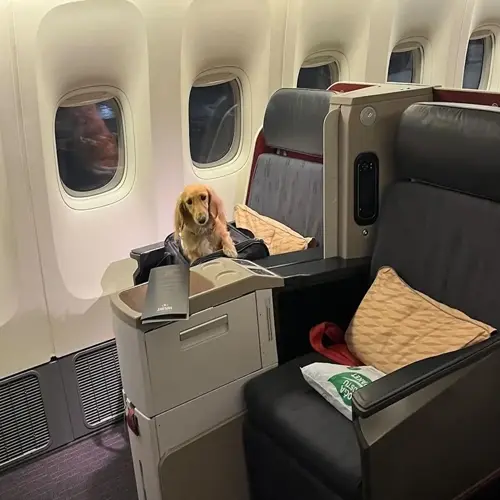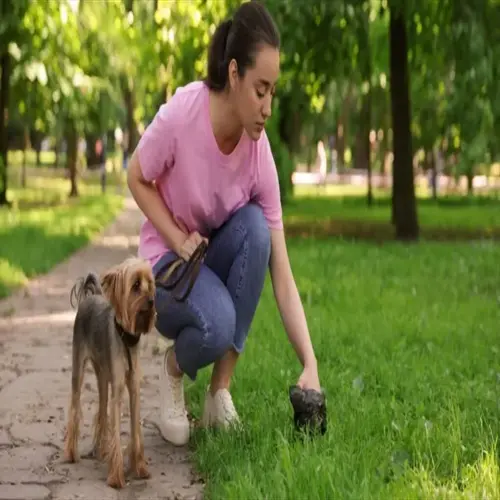What is professional dog training?

Written by
Hoang Long
Reviewed by
Prof. Edward Clarke, Ph.D.Professional dog training changes how humans and dogs communicate. It uses scientifically sound techniques to develop obedience and trust. Qualified trainers understand canine psychology. They find the best way to train dogs of different breeds and with other behaviors. This work strengthens the ties of comradeship between oversight and pet.
Positive Reinforcement
- Reward desired behaviors immediately with treats or praise
- Builds trust without fear or intimidation
- Creates lasting behavioral changes
Canine Communication
- Read body language signals like lip licking or tail position
- Adjust techniques based on stress indicators
- Prevent escalation of reactive behaviors
Breed-Specific Methods
- Herding breeds need movement based activities
- Scent hounds excel with nose work games
- Guardian breeds require relationship focused approaches
Ethical Standards
- Follow certification guidelines for animal welfare
- Document training progress transparently
- Maintain client confidentiality
The best dog trainers use all of these elements constantly in their daily work. I always set up my programs utilizing the natural instinctive tendencies found in each dog. A Border Collie would train in a fetch-type exercise. A Beagle would be more positively affected and taught by scent tracking influence exercises. This setup is what generally gives quicker, more reliable results that dog owners want.
Certification creates credibility in this profession. Programs such as CCPDT keep practical skills at a premium. They accurately cover behavior modification techniques, safety protocols, etc. With certification, one can develop partnerships with veterinary clinics. It shows clients that you are committed to ethical standards.
The human factor is equally important. Trainers are teaching owners to give commands at consistent times. We show the homeowners how to treat their animal's timing when walking them on a leash. When communication is clear, misunderstandings between families and dogs do not happen. This closes the training circle successfully.
Read the full article: Professional Dog Training: Ultimate Career Guide

